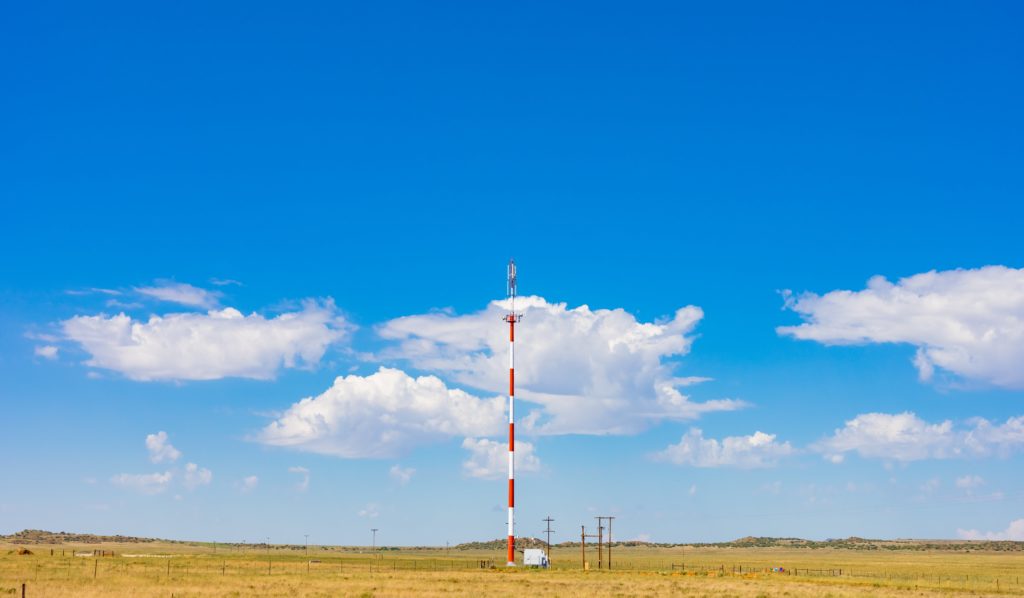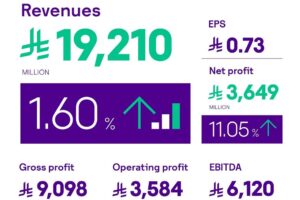~ Fairer digital opportunities for less economically developed countries (LDCs) ~
According to figures published by the UN Specialized Agency for ICTs, the International Telecommunication Union (ITU), the share of the LDC population in using the internet has increased by almost ten-fold since 2011. Despite increased usage, access is still an issue in LDCs. How can telecoms ensure all communities reap the benefits of its technologies? Here, Hamish White, founder and CEO of BSS telecoms software developer Mobilise, investigates.

Today, around 36 per cent of the population use the internet. Getting connected has become increasingly simpler and broadband access in LDCs has gone from being non-existent to ubiquitous. However, progress has been from a very low base and there’s still a way to go in delivering universal connectivity. How can telcos connect the unconnected?
The connectivity challenge
The 64 per cent of people still offline in LDCs — that’s 720 million people — account for 27 per cent of the global offline population, even though the LDC population makes up just 14 per cent of the world’s population. Of the 46 countries the UN currently determines as LDCs, 33 are in Africa, nine are in Asia, one is in the Caribbean and three are located in the Pacific.
But, to add another layer of complexity to the challenge, there are striking disparities between LDCs. For instance, the most recent data available shows penetration rates range from six per cent in Burundi to 86 per cent in Bhutan, which is on par with many advanced economies. There’s also disparity between what connectivity looks like in the regions.
According to ITU data, 58 per cent of people in LDCs owned a mobile phone in 2022. That’s pretty close to the global average, which sits at 73 per cent. Data for mobile cellular subscriptions paints a similar picture — the LDC average of 79 subscriptions per 100 inhabitants isn’t too far from to the world average of 108. Where we really see a gap, however, is with mobile broadband with 42 subscriptions per 100 inhabitants in the LDCs compared with 87 for the world. In part, this is because the necessary infrastructure to access a mobile broadband network is missing.

Closing the gap
But why hasn’t the digital divide been fixed yet? Solving it is a complex, layered challenge as telcos work to expand coverage in a profitable way while navigating a challenging regulatory environment.
Areas with little coverage, such as those in rural areas, tend to lack the infrastructure required to build a network in the first place, making expansion difficult for mobile operators. Tough terrain, like areas with dense forest and vast mountain ranges, can add further implications. Additionally, when we consider the number of people living in their areas, it’s easy to see why operators struggle to see a return on investment from such an expansion.
A big challenge lies in backhaul connectivity, which refers to the portion of the network that links a base station to the core network. Traditional backhaul connectivity is achieved through microwave technology or physical full fibre cables, but in rural areas, where there may just be a handful of people, the distance, terrain and cost of implementation make these strategies unviable.
Mobile operators also have the obstacles of hampering regulation. Many regulatory policies are actually negatively impacting the growth of the telecoms market, such as spectrum auctions where governments sell parts of the spectrum to the highest bidding operator.
Spectrum auctions hinder innovation. Since operators heavily invest in their spectrum, they are more likely to implement a protectionist strategy to safeguard profits, rather than opting for a riskier but more innovative strategy that could promote greater levels of rural connectivity.
But regulations don’t have to act as blockades. In Ghana and Jordan we’ve seen network operators granted temporary access to spectrum and in Tunisia spectrum bands were made technology neutral in the pandemic to maintain 2G, 3G and 4G connectivity while also rolling out 5G.
Connecting with LEO
With regulatory and economic barriers in mind, operators must consider other ways of reaching LDCs and other areas without sufficient connectivity. Rather than relying on traditional backhaul connectivity methods, the solution could lie in a low Earth orbit (LEO) satellite network.
Instead of connecting each individual small village with microwave or fibre, a LEO satellite network allows blanket global coverage for backhaul purposes. LEO satellites consist of many thousands of satellites orbiting at altitudes between 160 and 1,600 kilometres above Earth, which allows them to offer bandwidth and latency that can compete with existing fixed broadband technologies like fibreoptic cables, in certain environments.
In recent years, we’ve seen companies around the world compete in the LEO “space race”. In fact, Space X’s Starlink is already functional and offering internet service. Amazon’s Project Kuiper also plans to make connectivity possible for underserved communities in the next few years, with its first set of satellites planned to launch in 2024.
Enter eSIM
It’s also worth considering how digital tools can in turn support rural connectivity with LEO. Onboarding remote customers is not a simple task — going to a store to collect a device and SIM card, or even arranging delivery isn’t always viable. However, an eSIM solution enables service providers to establish a remote onboarding process to connect their customers without the need for any physical interactions.
eSIMs are growing in popularity, particularly following the launch of the eSIM-only iPhone 14 in the US in 2022. Rumours are already swirling that the iPhone 15, due to launch in September, will be eSIM-only across the globe and, while the iPhone is a premium device, the shift will certainly set a precedent for more widely affordable handset manufacturers to produce eSIM-compatible devices.
Mobile connectivity is becoming available to more and more people every day. However, in a world increasingly dependent on digital technologies, enabling connectivity across LDCs has become a pressing issue. We are all responsible — network operators, regulators and software providers — for growing mobile penetration rates and to ensure the benefits of the internet are available to all, regardless of their location.












